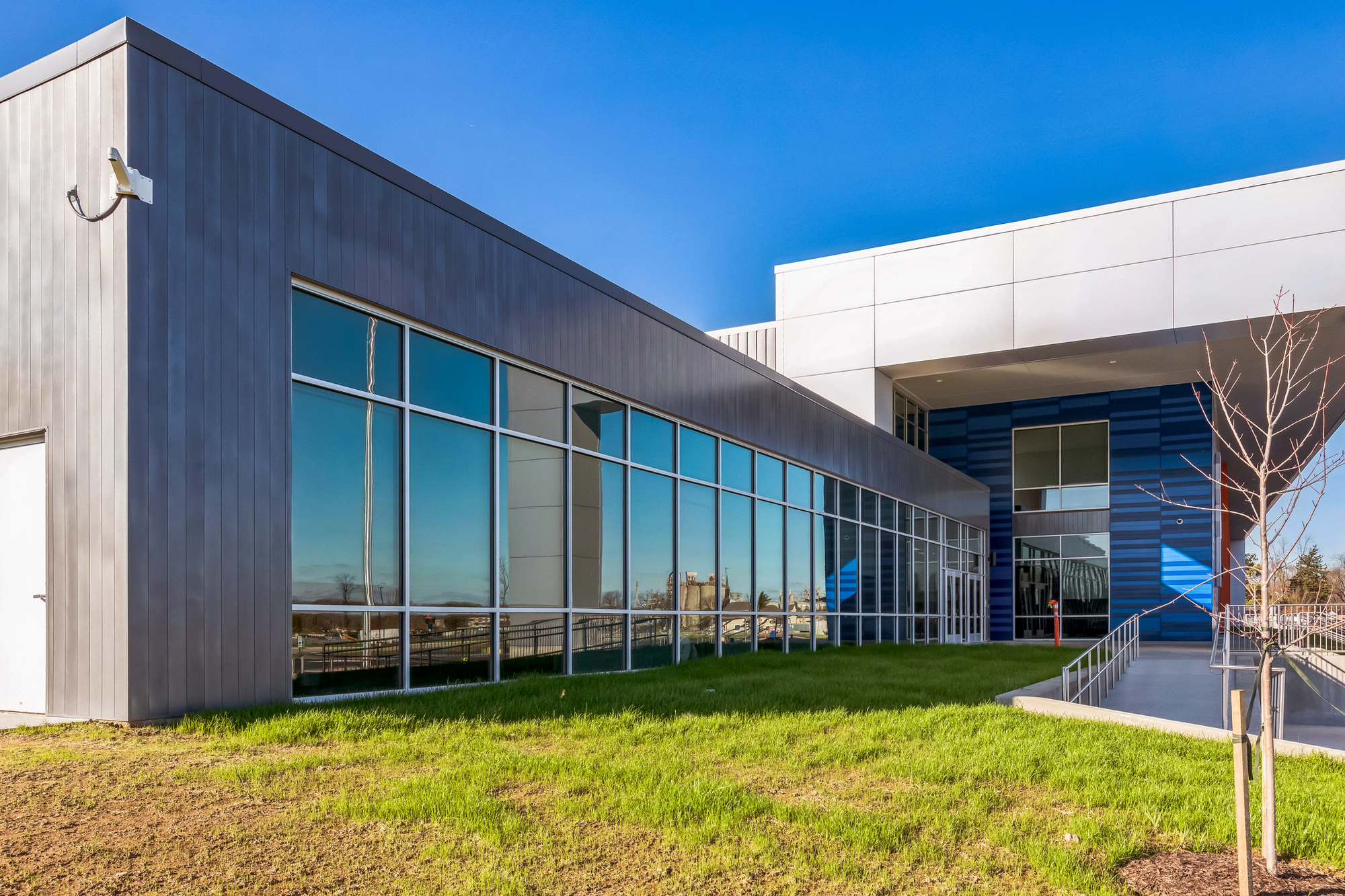
"For architects and specifiers, selecting the right cladding system is both a technical and creative act, connecting material science with architectural intent. More than simple visual envelopes, façades today are high-performance systems that balance protection, insulation, and expression. As the first barrier between exterior and interior, the right cladding system can define how a building behaves and ages over time, affecting its thermal comfort, acoustic performance, fire safety, and overall durability."
"Among the most commonly used façade materials are wood, metal sheets, composites, and aluminum systems. Within this range, single-skin metal panels and extruded aluminum panels are particularly notable for their blend of strength, precision, and architectural appeal. While both benefit from aluminum's inherent lightness and corrosion resistance, they differ significantly in structural logic, performance characteristics, and ideal applications. Companies such as Parallel Architectural Products -specialized in extruded aluminum cladding systems and architectural finishes-have played an important role in advancing these technologies,"
"Their light weight facilitates transport, cutting, and installation, while their flat geometry allows for broad, continuous surfaces with minimal visual interruption. These systems offer quick installation, a minimal substructure, and cost efficiency. However, their reduced thickness provides less structural rigidity, making them more prone to surface deformation (oil-canning) and offering limited thermal and acoustic performance unless combined with additional insulation layers. In some cases, structural reinforcement may be required for larger spans or high-wind"
Cladding selection merges material science with architectural intent, serving as a high-performance façade that balances protection, insulation, and expression. The cladding forms the primary barrier between exterior and interior and influences thermal comfort, acoustic performance, fire safety, and long-term durability. Common façade materials include wood, metal sheets, composites, and aluminum systems. Single-skin metal panels and extruded aluminum panels both leverage aluminum's lightness and corrosion resistance but differ in structural logic, performance, and optimal uses. Single-skin panels use thin metal fastened to a substructure, enabling lightweight, flat, cost-effective surfaces, yet they risk oil-canning and offer limited thermal and acoustic performance without added insulation or reinforcement.
Read at ArchDaily
Unable to calculate read time
Collection
[
|
...
]